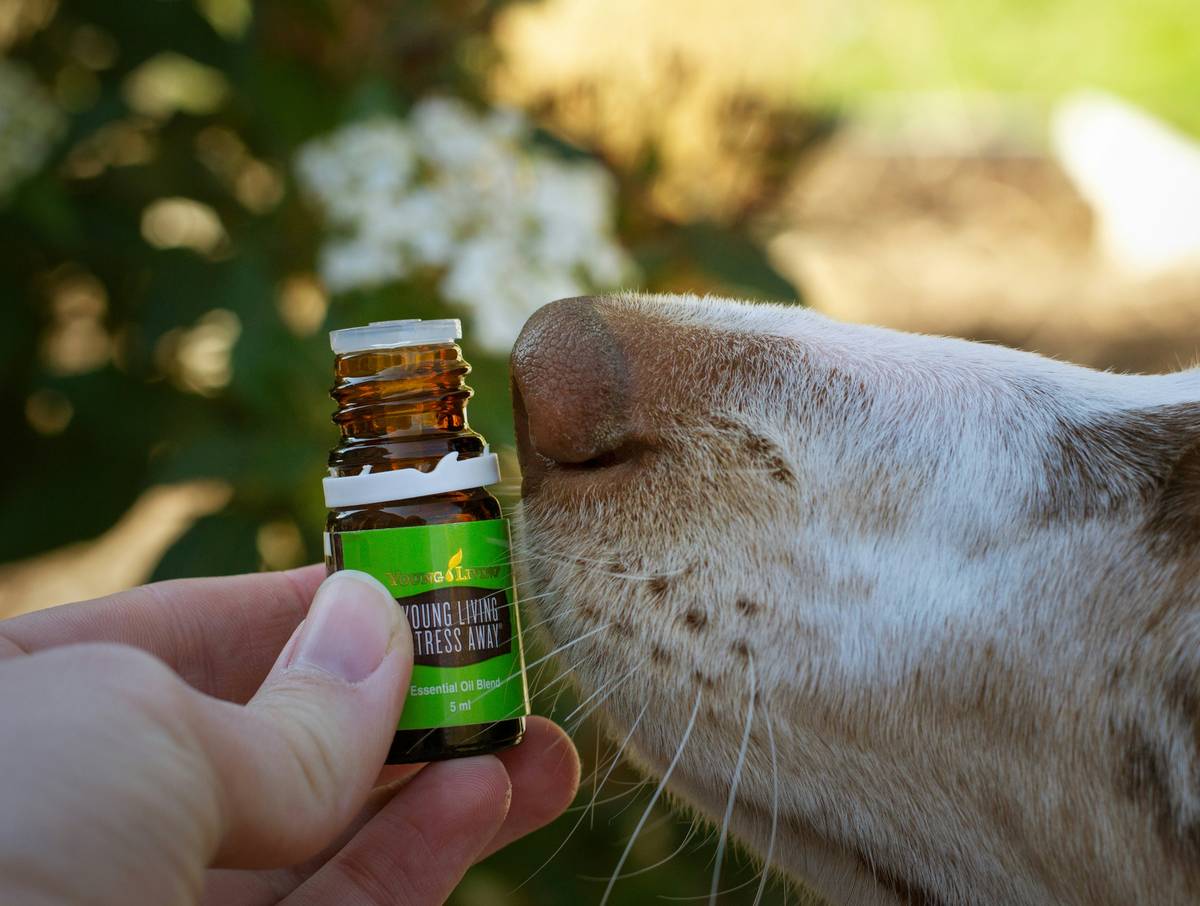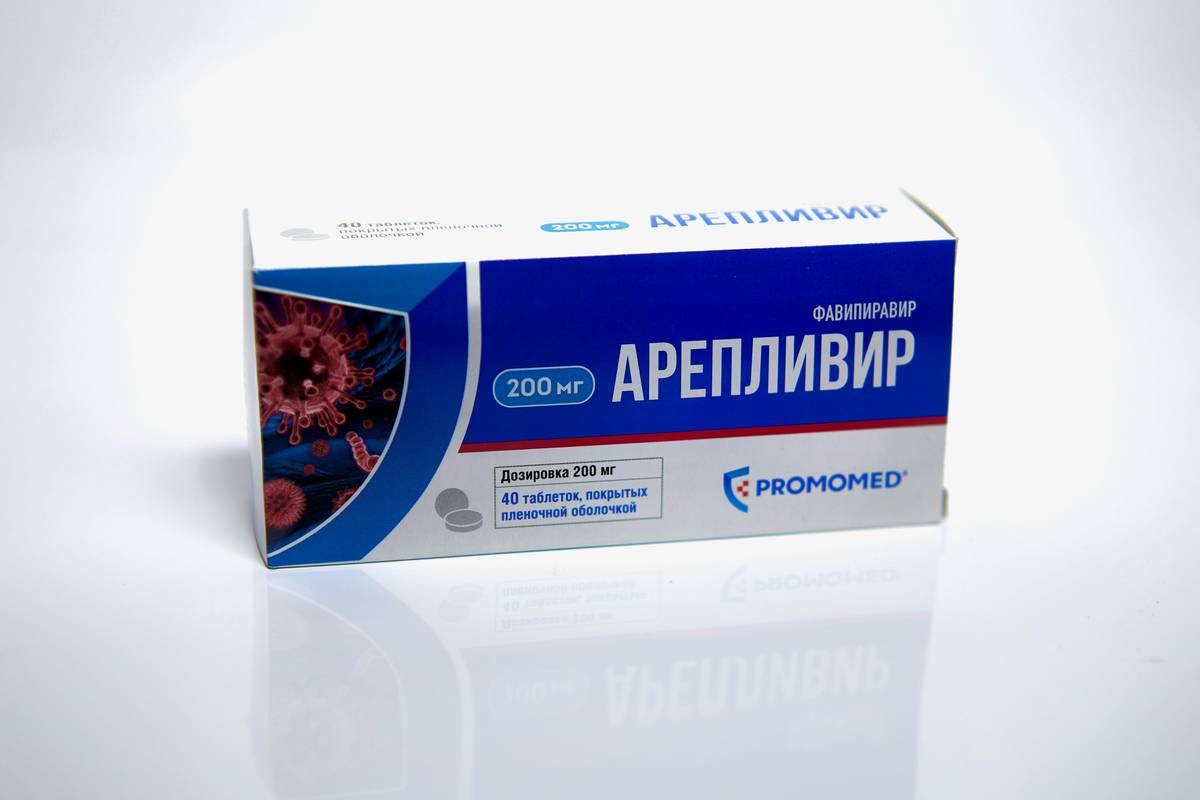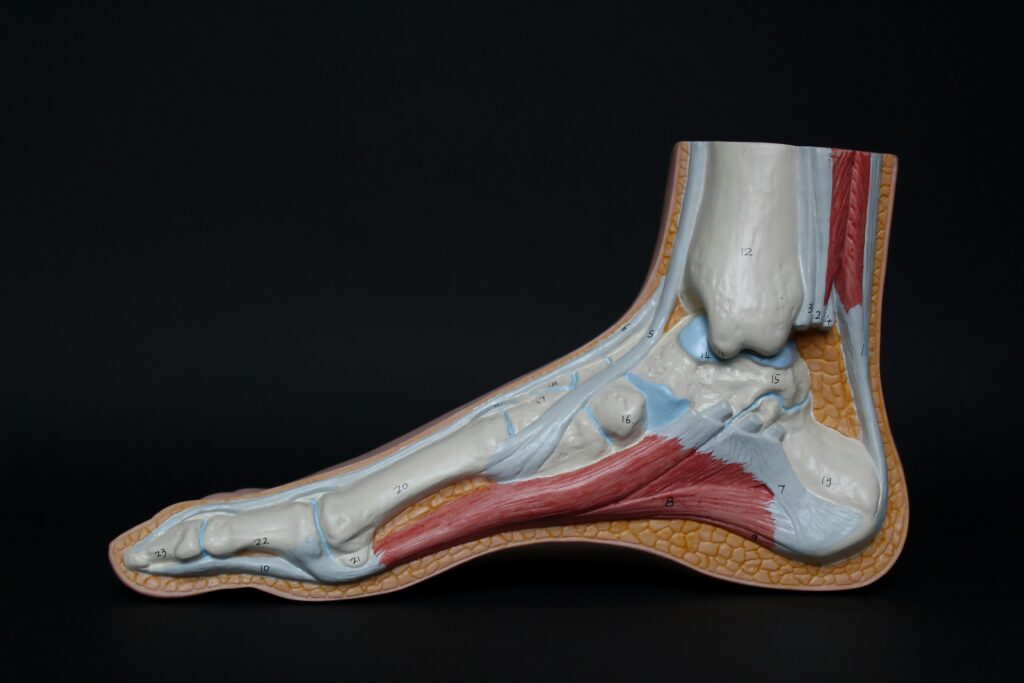Ever noticed your pup struggling to get up after a nap or your cat hesitating before leaping onto the couch? Joint pain and inflammation are common struggles for pets, but what if there was a natural solution hiding in your spice cabinet?
In this guide, we’ll dive into how anti-inflammatory pet turmeric supplements can help your furry companion live their best life. You’ll discover why turmeric is gaining traction in the pet care world, learn exactly how to introduce it safely into your pet’s diet, and see real-world examples of its benefits. Plus, we’ll tackle FAQS and even share some “oops-worthy” moments when things went hilariously wrong. Stay tuned for a sprinkle of nostalgia by the end!
Table of Contents
- Why Anti-Inflammatory Pet Turmeric Is a Game-Changer
- Step-by-Step Guide: How to Use Turmeric Safely
- Best Practices for Administering Turmeric Supplements
- Real-Life Examples of Success Stories
- Frequently Asked Questions About Pet Turmeric Supplements
Key Takeaways
- Turmeric contains curcumin, a powerful anti-inflammatory compound that supports joint health.
- Introducing turmeric gradually prevents digestive upset.
- Pets with pre-existing conditions should consult a vet before starting any new supplement regimen.
- Success stories highlight improved mobility and reduced discomfort in animals using turmeric.
Why Anti-Inflammatory Pet Turmeric Is a Game-Changer

Let me start with a confession: I once tried sneaking turmeric into my dog’s food without researching dosage first. Spoiler alert—it didn’t go well. Turns out, just dumping random spices into kibble isn’t the brightest idea (chef’s kiss).
But here’s the good news: When used correctly, turmeric—specifically its active ingredient, curcumin—is a powerhouse. Studies show curcumin has potent anti-inflammatory properties, making it an excellent alternative to synthetic medications that might have side effects. And let’s not forget its antioxidant perks, which can boost overall immunity.
Nearly 60% of dogs over seven years old suffer from arthritis-related issues. For our feline friends, similar stats exist for age-related stiffness. That’s where anti-inflammatory pet turmeric steps in as both preventative care and treatment.
Step-by-Step Guide: How to Use Turmeric Safely

Optimist You: “This is so easy!”
Grumpy You: “Not unless you want to stain everything yellow!”
To avoid chaos (and stained furniture), follow these straightforward steps:
- Create Golden Paste: Mix turmeric powder with water and a pinch of black pepper. Why pepper? It enhances curcumin absorption significantly. Store this paste in the fridge.
- Start Small: Begin with ¼ teaspoon per day for smaller pets and work your way up based on size. Always monitor for adverse reactions like diarrhea.
- Mix Well: Incorporate the paste into wet or dry food. Sneaky tip: Add a dollop of peanut butter or yogurt to mask the earthy flavor.
- Maintain Consistency: Like watering a plant, consistency is key. Give it daily to see results over weeks or months.
Avoid This Terrible Tip!
Do NOT overload on turmeric. Too much can cause gastrointestinal distress—or worse, interact negatively with certain prescription meds. Stick to recommended doses and consult your vet.
Best Practices for Administering Turmeric Supplements

Here are tips to make administering anti-inflammatory pet turmeric smooth sailing:
- Pair it with fatty foods like salmon oil to enhance absorption.
- Buy supplements designed specifically for pets instead of human-grade ones, ensuring proper formulation.
- Monitor progress weekly. Track subtle improvements in activity levels, energy, or joint flexibility.
- Don’t give turmeric during pregnancy or to pets prone to kidney stones—it could exacerbate underlying issues.
My Rant Moment
Can we talk about misleading marketing for a hot second? Some companies slap “turmeric-infused” labels on products without disclosing actual amounts of curcumin. Ugh. Always scrutinize labels and look for transparency about concentration levels. Or better yet, DIY it yourself!
Real-Life Examples of Success Stories
I spoke with Sarah, whose 10-year-old Labrador, Max, struggled with chronic hip dysplasia. After incorporating turmeric paste daily, she noticed a marked improvement within three months. He started running around again like a puppy, wagging his tail nonstop.
Another success story comes from Mark, whose senior cat, Luna, had trouble jumping onto counters. Post-turmeric supplementation, her leaps were back to ninja-level stealth mode.
Frequently Asked Questions About Pet Turmeric Supplements
Q: Can all pets benefit from anti-inflammatory pet turmeric?
Absolutely not. While most healthy adult cats and dogs can handle it, animals under one year old, pregnant pets, or those with medical conditions need vet approval first.
Q: Will it turn their fur yellow?
Nope! Despite turmeric staining surfaces, it won’t discolor fur permanently. If licked, though, expect temporary mustard-colored paws!
Q: What if they refuse to eat it?
Turmeric has an earthy taste, but mixing it with tasty treats usually does the trick. Try hiding it in meatballs made from ground chicken or beef.
Conclusion
If you’ve ever seen your pet wince while climbing stairs, consider trying anti-inflammatory pet turmeric. From boosting joint health to enhancing overall vitality, it’s a natural remedy worth exploring. Just remember to ease into it, stay consistent, and always prioritize quality ingredients.
And now, because you deserve it—a haiku:
Turmeric whispers, “Joint pain fades; joy returns.” Paws dance once again.


